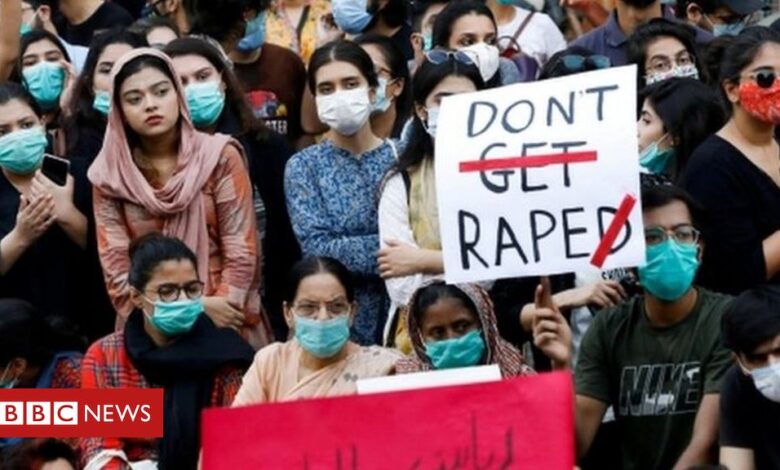World
Pakistan anti-rape ordinance signed into law by president

[ad_1]
The measure aims to speed up convictions and includes chemical castration for rapists.
[ad_2]
Source link

[ad_1]
The measure aims to speed up convictions and includes chemical castration for rapists.
[ad_2]
Source link
Lorem ipsum dolor sit amet, consectetur.